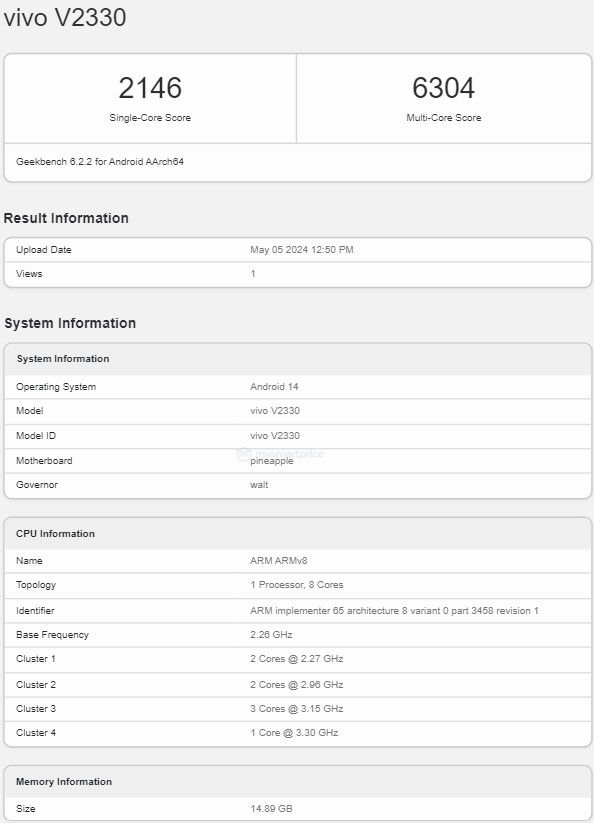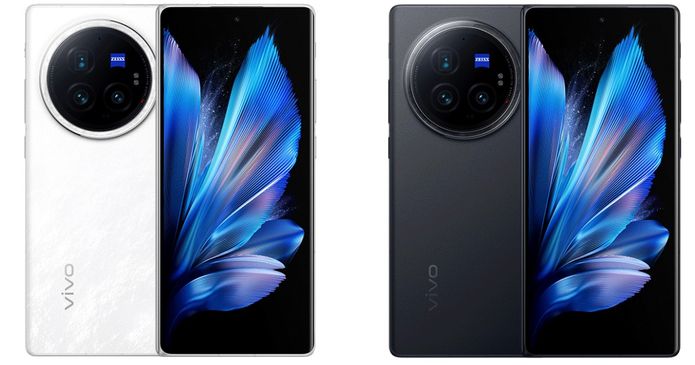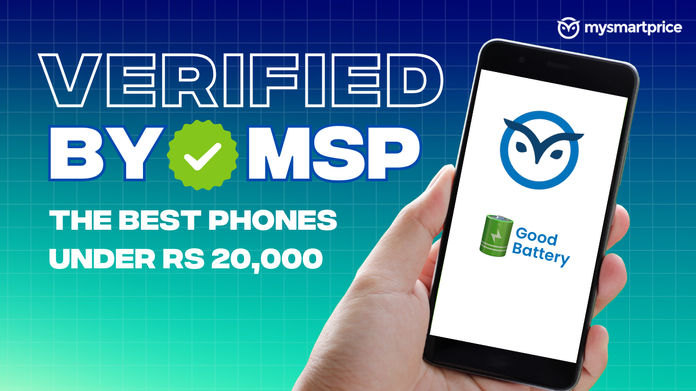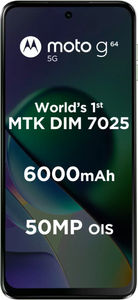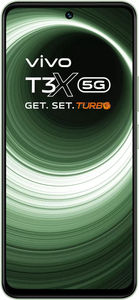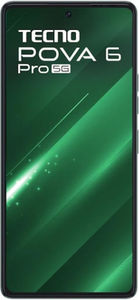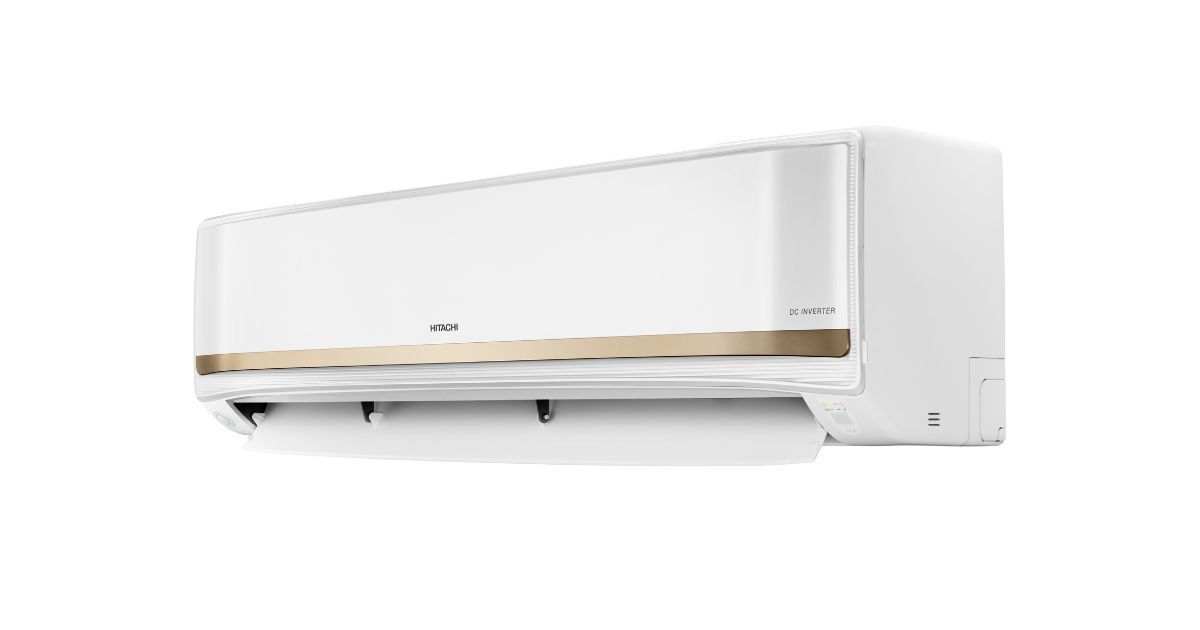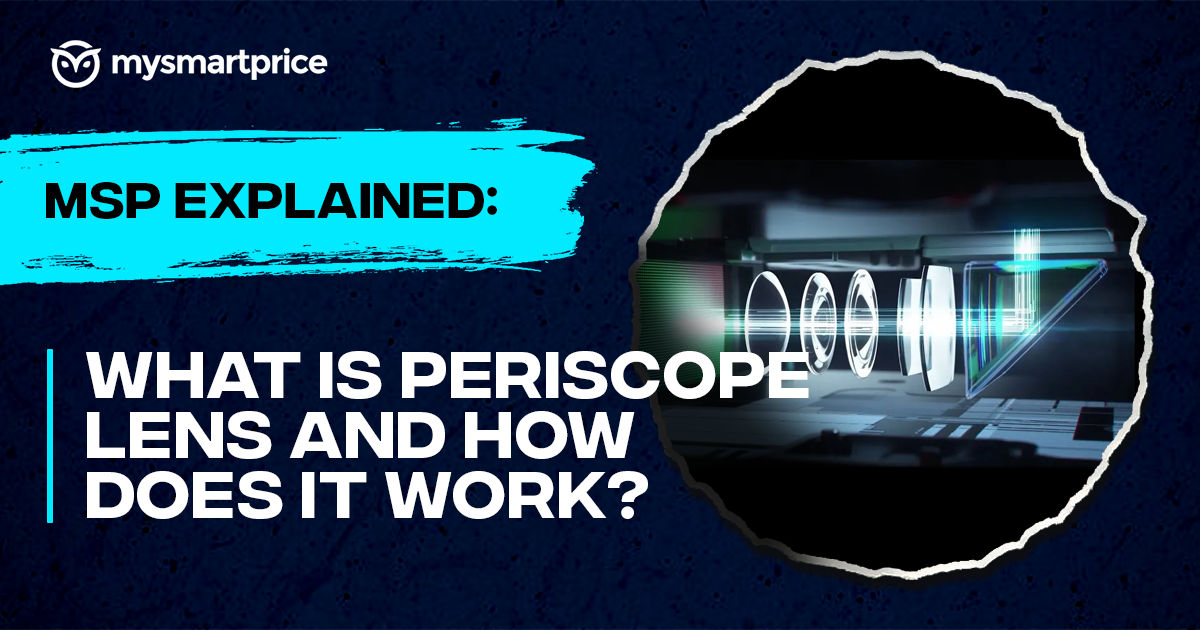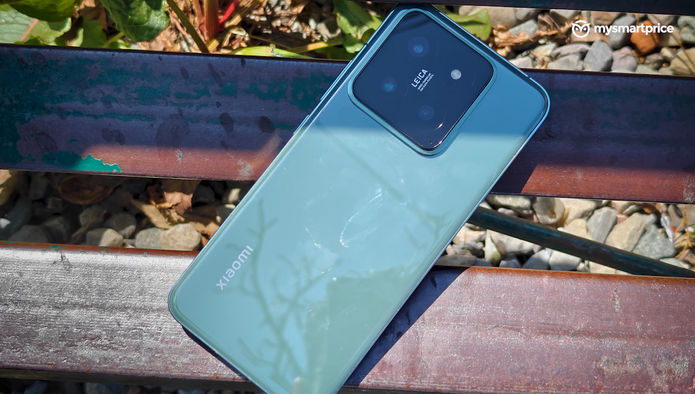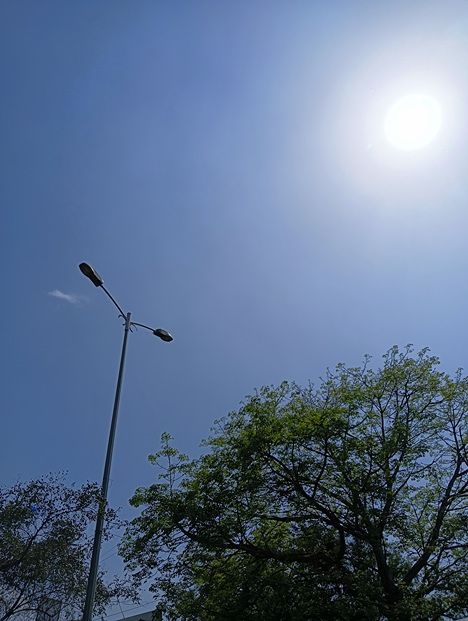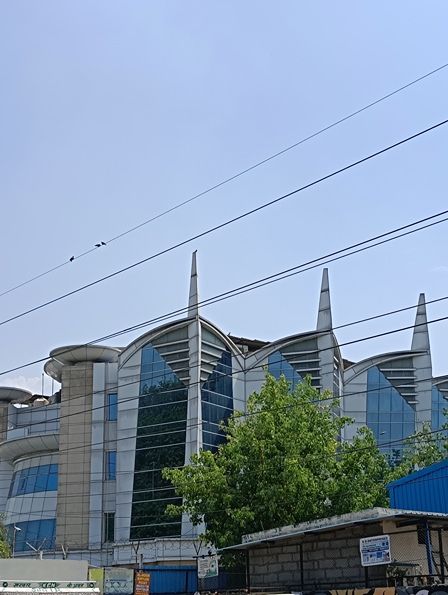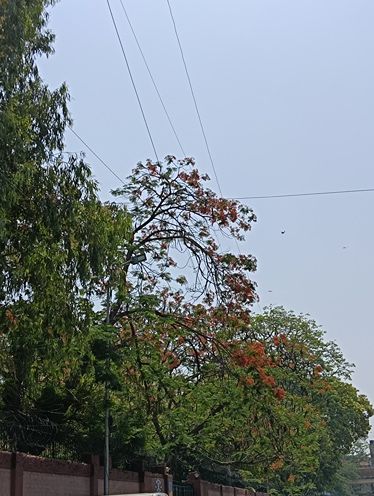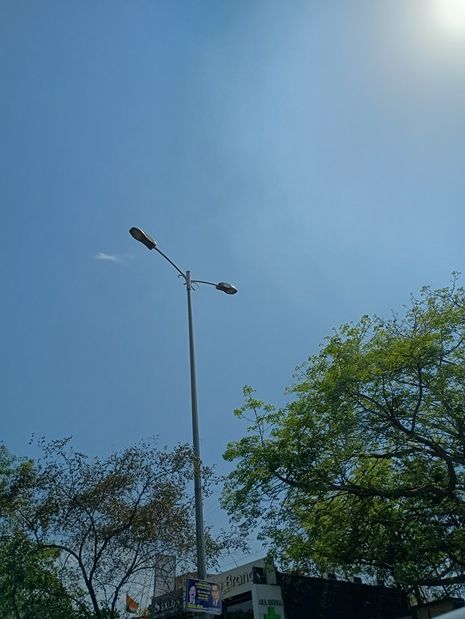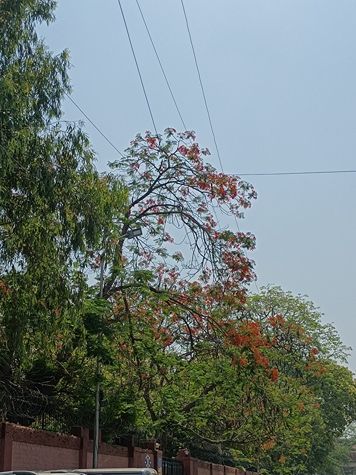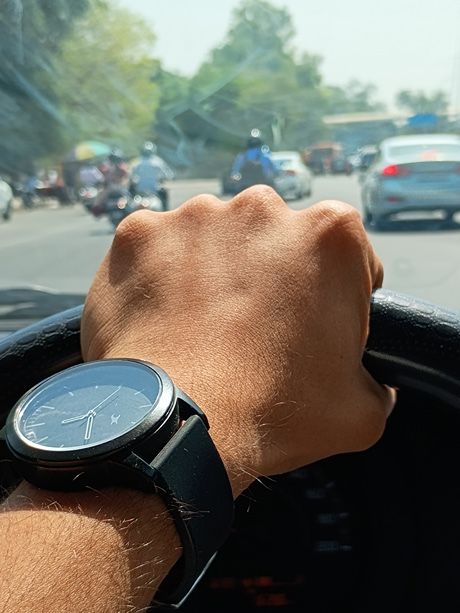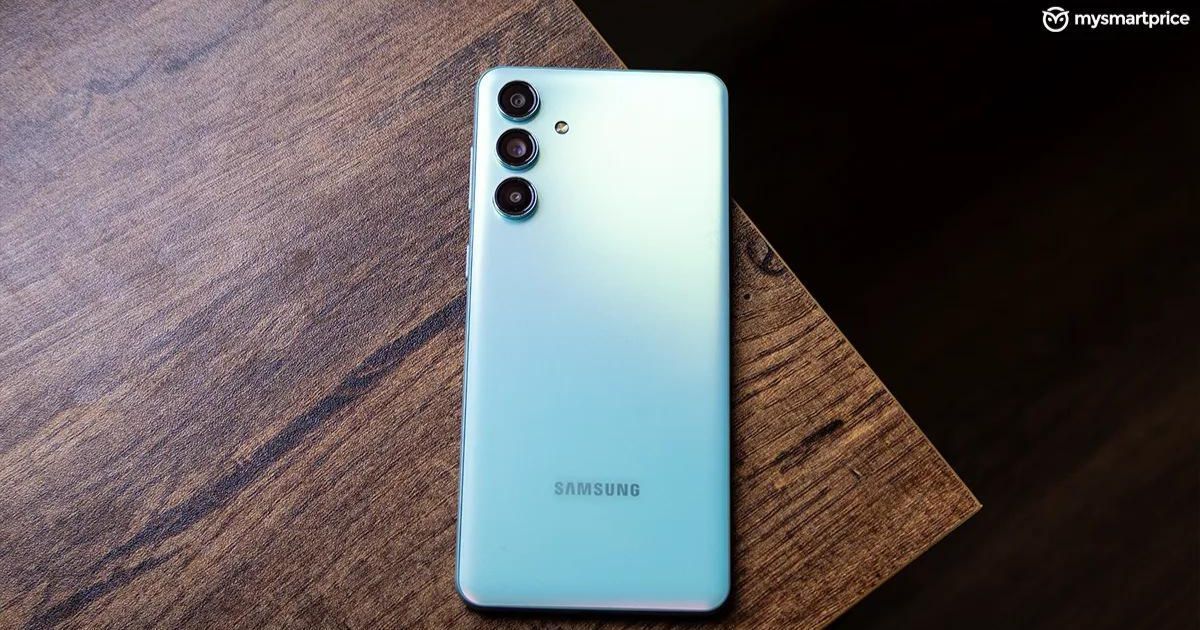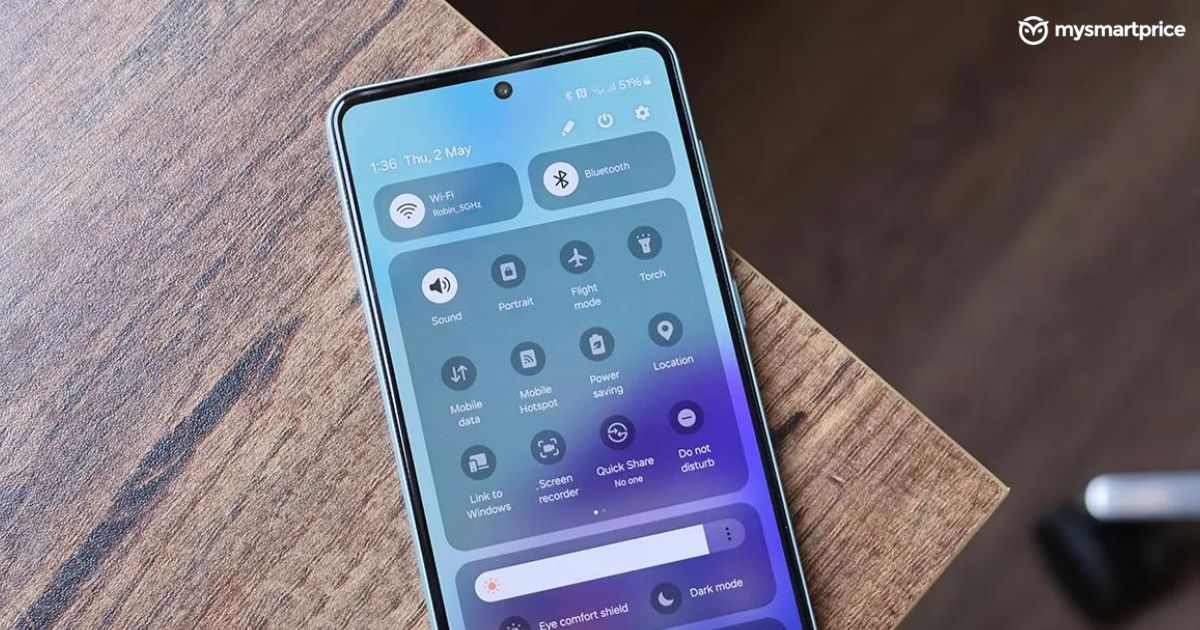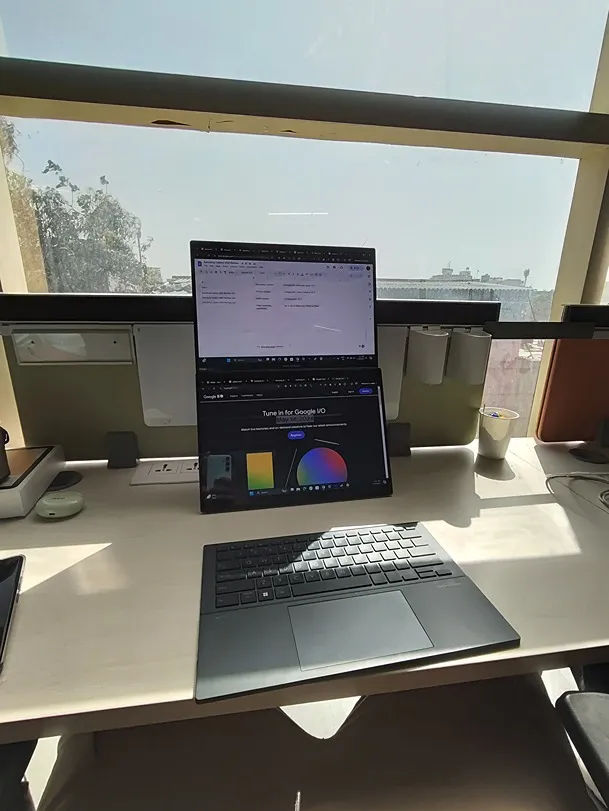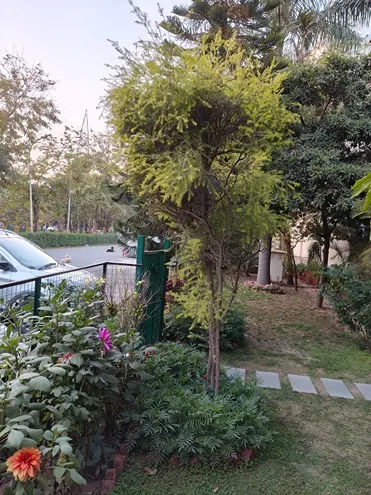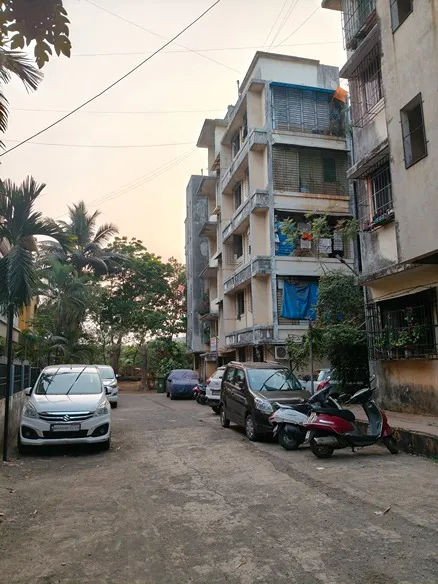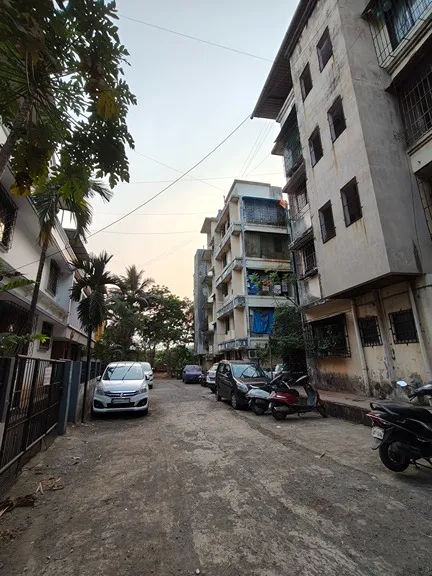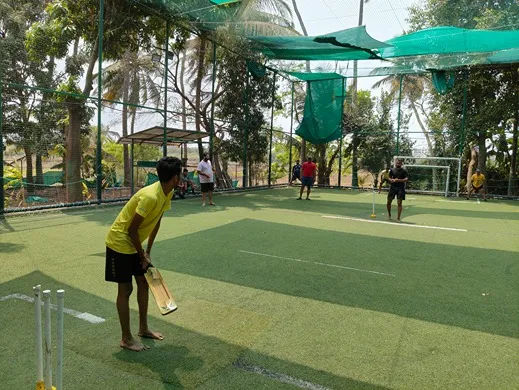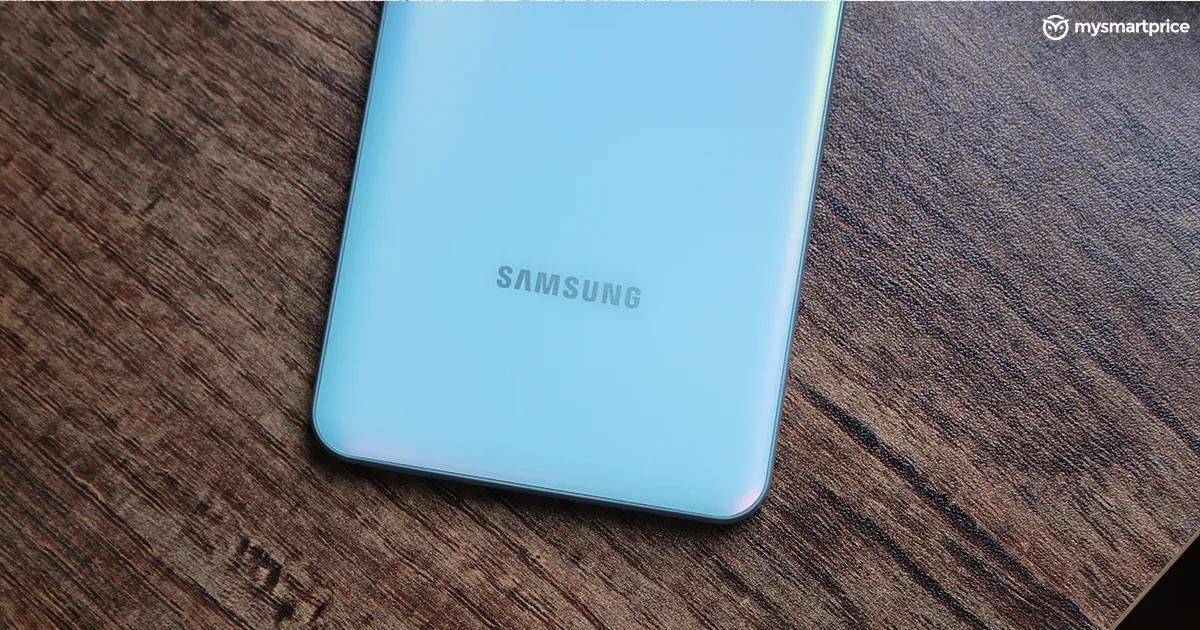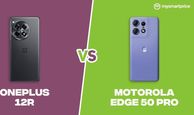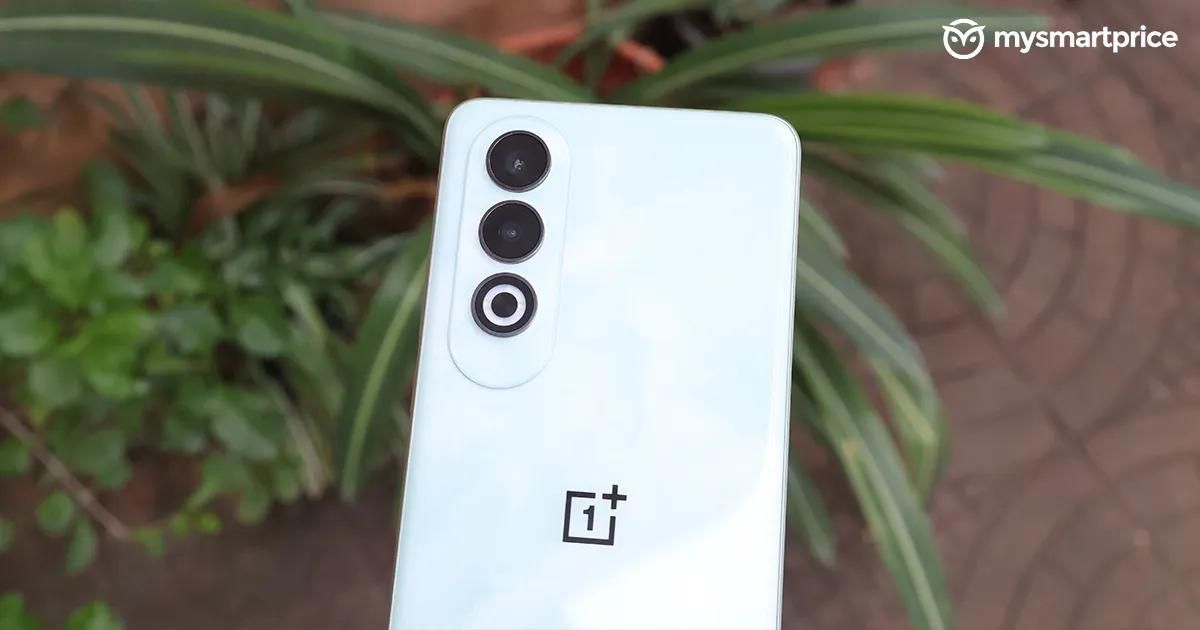Realme has just introduced the Realme P1 in the Indian market, with a starting price of Rs. 15,999. We couldn’t resist comparing it to the recently launched Moto G64, which offers similar features and pricing. If you’re searching for a smartphone under the 20,000 price segment and are considering either, we’ll help you decide which suits your needs and budget. Let’s get started!
Realme P1 or Moto G64: Price
| Realme P1 |
Moto G64 |
| Rs. 15,999 (6GB RAM + 128GB Storage) |
Rs. 14,999 (8GB RAM + 128GB Storage) |
| Rs. 18,999 (8GB RAM + 256GB Storage) |
Rs. 16,999 (12GBGB RAM + 256GB Storage) |
The Realme P1 starts at Rs. 15,999 for the 6GB RAM and 128GB storage variant. In contrast, as the table above indicates, the Moto G64 is priced a thousand rupees lower for its 8GB RAM and 128GB storage configuration. However, Motorola provides more RAM at a reduced cost. This may be attractive to users seeking additional RAM at a lower price.
Realme P1 or Moto G64: Display, Design
| Realme P1 |
Moto G64 |
| 6.67-inch AMOLED |
6.5-inch FHD+ IPS LCD |
| 1080 x 2400 pixels |
1080 x 2400 pixels |
| 120Hz refresh rate |
120Hz refresh rate |
| 1200 nits of peak brightness |
560 nits of peak brightness |
The Realme P1 boasts a noticeably larger screen than the Moto G64, as shown in the table above. The colours on the Realme P1 appear vivid, particularly when consuming video content across various applications. Additionally, the screen is exceptionally bright, ensuring visibility even under glaring sunlight.
The Moto G64 features a smaller screen and lacks uniform bezels. Its thick chin seems rather peculiar while browsing through social media apps in light mode. Viewing content becomes challenging under direct sunlight. However, the colours appear appropriately saturated when indoors.
As for the design, the Realme P1 sports a brushed finish that enhances its aesthetic appeal. Because of the flat design and larger screen estate, it becomes uncomfortable to hold after a while. In this case, slapping a case helped for comfortable usage. The circular camera module at the back is quite large, which attracts a lot of attention when in a crowd.
In contrast, the Moto G64 initially closely resembles its predecessor, the G54. If you perceive no discernible changes, unfortunately, that’s the reality. Nevertheless, its comfortable in-hand feel will resonate with those who prefer smaller and compact phones.
Realme P1 or Moto G64: Performance
| Realme P1 |
Moto G64 |
| MediaTek Dimensity 7050 5G |
MediaTek Dimensity 7025 |
| Mali-G68 MP4 GPU |
IMG BXM-8-256 GPU |
| 8GB RAM |
12GB RAM |
| 256GB Storage |
256GB Storage |
| Antutu v10 Benchmark: 568006 |
Antutu v10 Benchmark: 497471 |
| Geekbench 6 Single-Core Test: 961 |
Geekbench 6 Single-Core Test: 1025 |
| Geekbench 6 Multi-Core Test: 2247 |
Geekbench 6 Multi-Core Test: 2459 |
The Realme P1 outshines the Moto G64 in the Antutu benchmark score, but when it comes to Geekbench 6 single-core and multi-core tests, the Moto G64 steals the spotlight.
Performance-wise, the Realme P1 excels in day-to-day tasks. Scrolling through social media apps, multitasking with multiple apps, streaming YouTube videos, and jamming to my favourite tunes felt like a breeze. Unfortunately, the app animation is missing on this device.
For gaming, we test the P1 with three heavy hitters: Call of Duty: Mobile, BGMI, and CarX Street. In smooth plus extreme settings, this phone worked like a charm. Sure, the phone started warming up after an hour, but that did not slow down the gaming experience.
The Moto G64 handles everyday tasks like a champ—browsing, calls, texts, and social media scrolling are smooth sailing. Light games such as 2048 and Candy Crush run quite well, and the phone stays cool. When it came to games like BGMI and Call of Duty: Mobile, the G54 worked quite well in HD settings initially, but we started experiencing lags and stutters after about 20 to 25 minutes of use. It does tend to heat up near the camera module.
AnTuTu Overall benchmark score analysis
So, if gaming’s your main priority, the Realme P1 is your go-to. But for everyday use, both phones will serve you well.
Realme P1 or Moto G64: Cameras
| Realme P1 |
Moto G64 |
| 50MP Primary Camera (f/1.8) |
50MP Main Camera with OIS (f/1.8) |
| 2MP B&W Camera (f/2.4) |
8MP Ultrawide Camera (f/2.2) |
| 16MP Selfie Camera (f/2.45) |
16MP Selfie Camera (f/2.4) |
The Realme P1 snaps decent pictures with its 50MP primary camera in daylight conditions, albeit requiring a touch of editing before sharing on social platforms. Portrait shots also turn out well, effectively blurring the background. However, when it comes to low-light photography, it tends to lose out on accurate details. There’s noticeable noise in dim lighting, and the colour reproduction could do with some improvement.
The Realme P1 delivers social media-ready pictures, smoothing your face like the actors in K-drama if that is something you prefer. There’s no need to spend time editing; just snap and post.
In contrast, the Moto G64 ships with a 50MP main camera featuring OIS, alongside an 8MP ultrawide camera. Both cameras perform admirably in daylight conditions. Regarding low-light photography, the Moto G64 impresses with its ability to capture nice shots considering its price, surpassing the Realme P1. While some noise persists in the pictures, the clarity is notably superior.
Additionally, the 16MP selfie camera on the front produces satisfactory results, though a slight red tint may create the impression of blushing.
Realme P1 or Moto G64: Software
| Realme P1 |
Moto G64 |
| Realme UI 5.0, based on Android 14 |
Android 14 |
| Two years of OS updates |
One year of OS update |
| Three years of security patches |
Three years of security updates |
The Realme P1 offers a range of customisation options, allowing you to tailor your phone to your preferences. It boasts numerous themes for lock screen customisation. However, it comes with abundant bloatware that can be deleted.
On the other hand, the Moto G64 delivers the simplicity of stock Android, offering a clean user experience. It is an excellent choice if you prioritise a clutter-free interface. It also features convenient gestures for the flashlight, camera, and security functions. The phone has app suggestions, but they can be easily uninstalled.
Realme P1 or Moto G64: Battery and Charging
| Realme P1 |
Moto G64 |
| 5,000mAh Battery |
6,000mAh Battery |
| 45W Fast Charging |
33W Fast Charging |
The Realme P1 took 30 minutes to charge from 0 to 52% and took 1 hour and 12 minutes to reach a full charge with a 45W fast charger. During the PC Mark battery test, the smartphone lasted for 13 hours and 29 minutes. So, if you’re a heavy user, this phone can last 7-8 hours.
Conversely, the Moto G64 reached 35% in 30 minutes, but it took 1 hour and 35 minutes to charge fully, given the bigger battery. Despite its slower charging support, the Moto G64 is the clear winner in terms of battery capacity. During the PC Mark battery test, the smartphone lasted (will add once done). It can easily last you an entire day with light to moderate usage.
Verdict
There’s fierce competition in the under Rs. 20,000 price segment, with contenders like the iQOO Z9, Tecno Pova 6 Pro, and Vivo T3, among others. So, if you’re in the market for a smartphone under 20K, you’ve got plenty of options to sift through.
However, when it comes down to choosing between the Realme P1 and the Motorola G64, if you need a smartphone that excels in everyday tasks and heavy gaming, then the Realme P1 is the way to go. Conversely, if you prioritise camera quality and a clean user experience, the Moto G64, along with seamless day-to-day performance, is your go-to choice.


